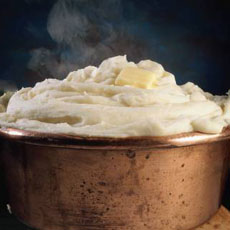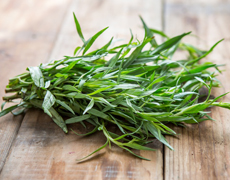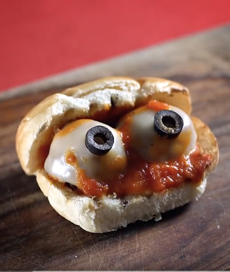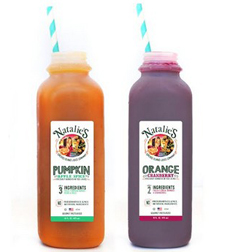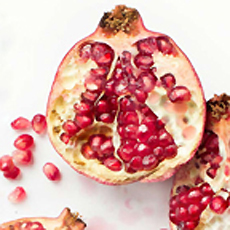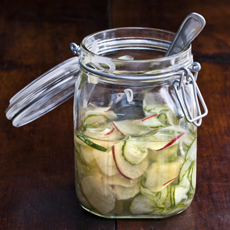|
Still looking for a Halloween activity?
How about a hard cider party? It’s adult, it’s fun, and it’s an opportunity to taste and compare more hard ciders than most of us get to do.
While in the U.S. and parts of Canada, the term “apple cider” is interchangeable with apple juice, in Europe a glass of cider is not kid stuff. It’s an alcoholic drink that that many prefer to beer—and if you look at the explosive sales figures, Americans are also discovering its charms: It’s the fastest-growing alcohol category.
WHAT IS HARD CIDER
When apples are pressed and bottled, you have apple juice—also called apple cider in the U.S., although in other countries apple cider refers to hard cider.
Hard cider is made from fermented apple juice; over a few months, the sugars in the juice turn into alcohol. As with craft beer, each brand has a distinct flavor profile and alcoholic content, generally from 3% ABV (alcohol by volume) or less to 8.5% or more.
Hard cider uses a different blend of apples than apple juice. In fact, many more apple varieties are used to create a fine cider. The import Magners Irish Cider is made from 17 varieties of apples!
Pears are also turned into cider, called perry in the U.K.
The juice ferments for eight weeks after the apples are pressed. The cider then matures for several months, and afterward is blended, filtered, and carbonated. The result is a drink with the carbonation and alcohol of beer and the flavor of apples.
Many cider apples are sour, and can’t substitute for eating apples.
Like wine, cider has a relatively high concentration of antioxidants, it’s naturally gluten-free and is less filling than beer.
PLANNING YOUR CIDER PARTY
Beyond Halloween, you can also have a cider tasting during the Thanksgiving cocktail hour, for Mother’s Day, Father’s Day, and other celebrations.
1. INVITE friends today: Halloween is eight days away.
2. PLAN the number of ciders based on the number of people. If you’re serving 8 or more different ciders, estimate one bottle per four proper.
3. PARE the list. There are many different styles of cider, and cider from different countries (England, France, Ireland, Spain and others). Each country has its own preferred style, as you’ll see in the Top Artisan Ciders section below. You can’t try them all in one night—but you can have subsequent tastings to try the rest.
We recommend sticking with American cider brands for the first event. You want to try a good representation of artisan ciders. There are so many different types of local cider: dry, sweet, barrel-aged, At the next event, you can taste the winners against the Europeans.
Similarly, save the barrel-aged, flavored ciders (apple pie, cherry, honey, raspberry, orange, etc.), ice cider (like ice wine, it’s pressed from naturally frozen fruit), perry and spiced ciders for next time.
Look for Angry Orchard, Crispin, Strongbow and Woodchuck, for starters; they’re national brands. You can create an entire tasting just by gathering up the different expressions of each brand. For example, Angry Orchard features Apple Ginger, Crisp Apple, Green Apple, Hop’n Mad Apple, Stone Dry, plus a fall seasonal cider, Cinn-Full Apple.
Artisan ciders tend to be distributed in the limited area where they are produced—not just because small companies lack sales and marketing heft, but because each brand needs to go through the approval of each state liquor authority. It’s daunting, but we’ve listed some highly-rated ciders below.
Do not mistakenly pick up a flavored apple beer, like Redd’s Apple Cider. These beverages are artificially flavored, and don’t belong on the same table as cider, an all-natural drink.
Do have some apple cider (apple juice) for designated drivers. If you buy a few different kinds, they can have their own “tasting.”
4. PLAN the eats. You can serve hard cider with any snack or food you’d serve with beer, but the sweetness of cider allows you to serve it with desserts, too.
For snacks: charcuterie and hearty cheeses.
|
|
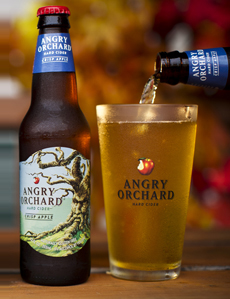
[1] Angry Orchard, owned by Boston Brewing Company (parent of Samuel Adams beer), is the nation’s #1 cider brand (photo © Boston Beer Company).
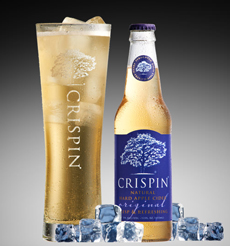
[2] Crispin makes a variety of styles, as well as perry (pear cider) under the Fox Barrel brand (photo © Crispin Hard Cider).

[3] Woodchuck, another popular national brand (photo courtesy Fletcher6 | Wikipedia).

[4] Strongbow cider is produced by Heineken (photo © Heineken USA).
|
|
For main courses: chicken, pork, sausages, soups, stews, fondue (you can substitute hard cider for wine in most recipes and drink rest of the cider along with the meal).
For dessert: Apple desserts pair beautifully. We like bread pudding, cobbler or crisp (the difference), pie and apple-topped cheesecake.
TOP ARTISAN CIDERS
Here are some of the nation’s top-rated artisan ciders: Brand, variety and style. “Crisp/Dry” is the most common style. “Funky” refers to a style popular in France, with [what we really enjoy] barnyardy aromas. They can also be crisp and dry. Off-Dry/Semi-Dry is the classic English style: the sweetness of fruit followed by a dry finish.
Dessert ciders are sweet, like dessert wine; although off dry/semi-dry and crisp ciders can also be paired with desserts.
CALIFORNIA: Bonny Doon, Querry (sweet)
MASSACHUSETTS: Bantam, Wunderkind (off dry/semi-dry)
MICHIGAN: Virtue Cider, Lapinette (funky style)
NEW HAMPSHIRE: Farnum Hill, Extra Dry (crisp/dry style)
NEW YORK: Bellwether Hard Cider, King Baldwin (crisp/dry style), Doc’s Draft, Original Hard Apple Cider (off dry/semi-dry), Eve’s Cidery, Darling Creek (off dry/semi-dry), Redbyrd Orchard, Starblossom (funky style), Wölffer Estate, 139 Dry Rosé Cider (off dry/semi-dry)(
OREGON: E.Z. Orchards, Cidre Dry (funky style), Reverend Nat’s, Revival Hard Apple (crisp/dry), Traditions Ciderworks, Riverwood (off dry/semi-dry)
TEXAS: Argus Cidery, 2013 Perennial (funky style), Austin Eastciders, Gold Top (funky style)
VERMONT: Eden, Sparkling Cider, Dry (off dry/semi-dry
VIRGINIA: Foggy Ridge Cider, First Fruit (crisp/dry style)
WASHINGTON: Snowdrift Cider Co., Orchard Select (crisp/dry style)
WISCONSIN: AeppelTreow, Appely Brut; Bellwether Hard Cider, King Baldwin (crisp/dry style)
|

